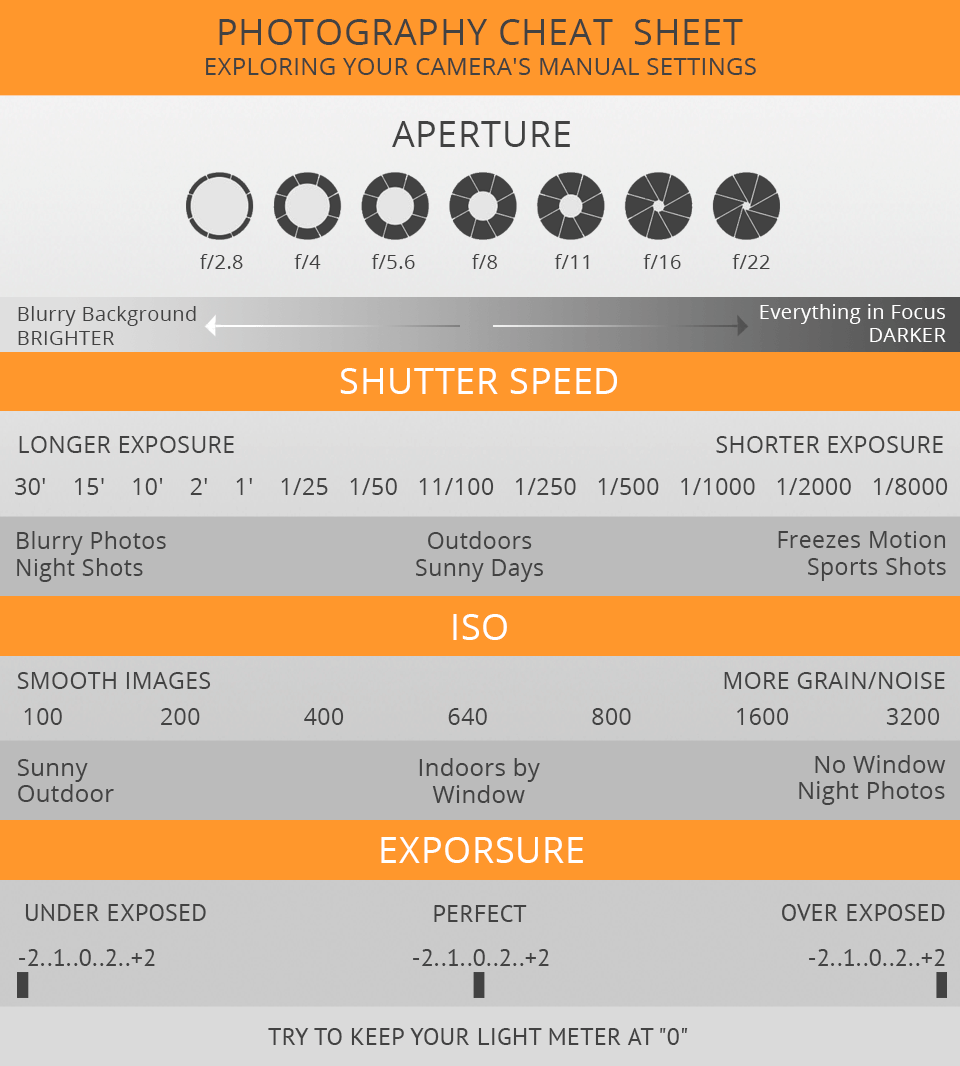Digital Photography Tips For Beginners: Grasping Your Camera In A Snap
Digital Photography Tips For Beginners: Grasping Your Camera In A Snap
Blog Article
Content Author-Ballard Kaas
When you first pick up your video camera, it can really feel overwhelming with all the setups and options offered. You could find yourself asking yourself how to browse aperture, shutter speed, and ISO successfully. Grasping these principles is important, yet there's more to digital photography than simply technical knowledge. Understanding composition techniques and illumination conditions can raise your pictures drastically. So, what if you could learn straightforward strategies to enhance your skills and start capturing impressive photos earlier than you assume? Allow's discover just how to change your photography trip.
Recognizing Camera Settings
Understanding your electronic camera settings is important for recording magnificent images. When you get your electronic camera, familiarize yourself with the 3 primary setups: aperture, shutter rate, and ISO. Each plays a vital duty in exactly how your images turn out.
Beginning with aperture, which regulates the quantity of light going into the lens. A larger aperture (lower f-number) allows a lot more light and develops a lovely background blur, best for portraits. Alternatively, a narrower aperture (greater f-number) maintains more of the scene in focus, suitable for landscapes.
Next off, focus on shutter speed. This setting determines how long your cam's sensing unit is exposed to light. A rapid shutter speed ices up activity, which is fantastic for activity shots, while a sluggish shutter speed can produce sensational effects like smooth water in landscapes.
Finally, readjust simply click the up coming post . This setting impacts your electronic camera's level of sensitivity to light. A greater ISO is useful in low-light scenarios yet can introduce noise or grain. Aim for the most affordable ISO possible while still attaining appropriate exposure.
Structure Techniques
When you're out capturing, structure can make all the distinction in how your pictures reverberate with viewers. Beginning by utilizing the guideline of thirds; visualize your frame separated right into nine equivalent areas with 2 horizontal and two upright lines. Position key elements along these lines or at their junctions to develop balance and rate of interest.
Next off, think about leading lines. These all-natural lines in your scene, like roadways or rivers, attract the audience's eye right into the photograph, leading them via the tale you're telling.
Don't forget framing; use aspects within your scene, like trees or home windows, to create a structure around your subject, including deepness and focus.
Likewise, watch on your history. A chaotic background can distract from your major subject, while a basic one assists it attract attention.
Finally, try out balance and patterns; they can develop a striking photo that records interest.
Mastering Illumination Issues
Understanding lighting conditions is important for catching sensational photographs, as the appropriate light can change an ordinary scene into something amazing.
Start by observing all-natural light at various times of the day. Where to take photos for copyright card and late afternoons provide the very best light, called the gold hour. The soft, warm tones throughout these times can enhance your images beautifully.
Do not shy away from overcast days either; diffused light can lessen severe darkness and create a pleasing result, especially for portraits.
Experiment with backlighting by positioning your subject against the light. This method can produce a dreamy halo effect and add depth to your photos.
Take https://zenwriting.net/damion3091dewitt/open-the-tricks-to-finding-the-excellent-camera-for-your-requirements-but of your camera settings too. Adjust the ISO, aperture, and shutter rate to suit the lights problems. A higher ISO can help in low light, but be cautious of grain.
Make use of a tripod in darker atmospheres to stay clear of blur.
Last but not least, don't forget man-made lights. Flash and continuous lights can be great tools for controlling light in difficult conditions.
Final thought
To conclude, grasping your electronic camera does not have to be overwhelming. By understanding your setups, applying structure methods, and harnessing the power of all-natural light, you'll swiftly boost your photography abilities. Keep in mind, exercise makes ideal, so venture out there and trying out your newfound understanding. With time and devotion, you'll be capturing magnificent images that reflect your unique perspective. Delight in the journey, and don't fail to remember to enjoy while you're at it!
